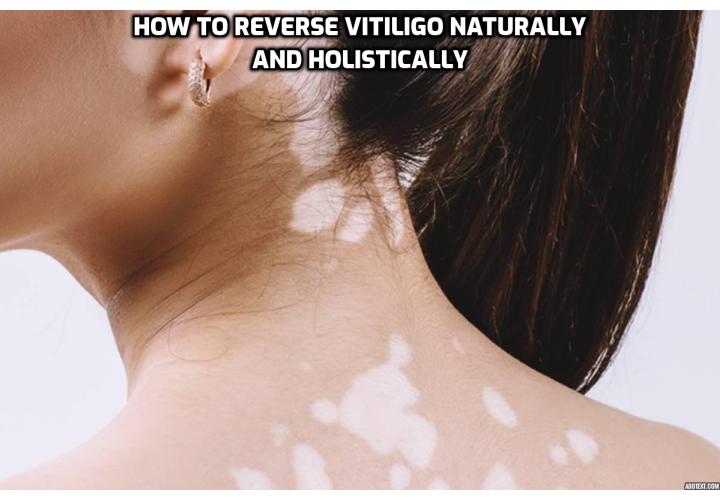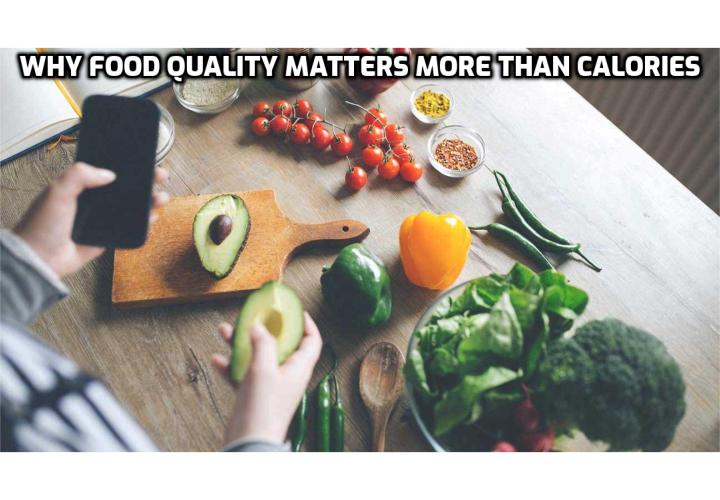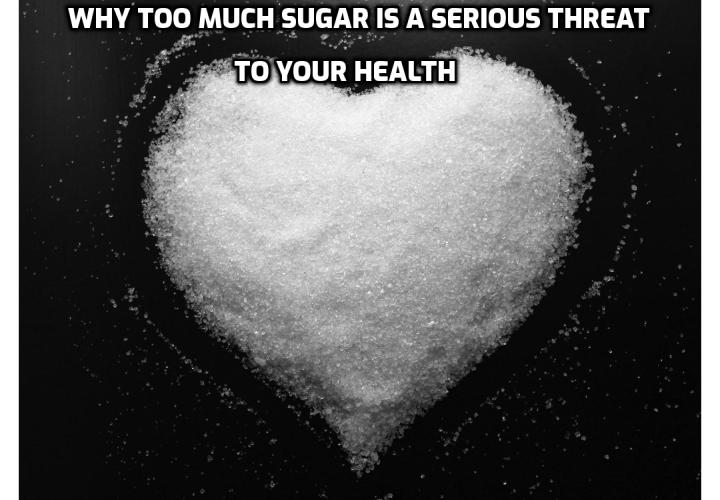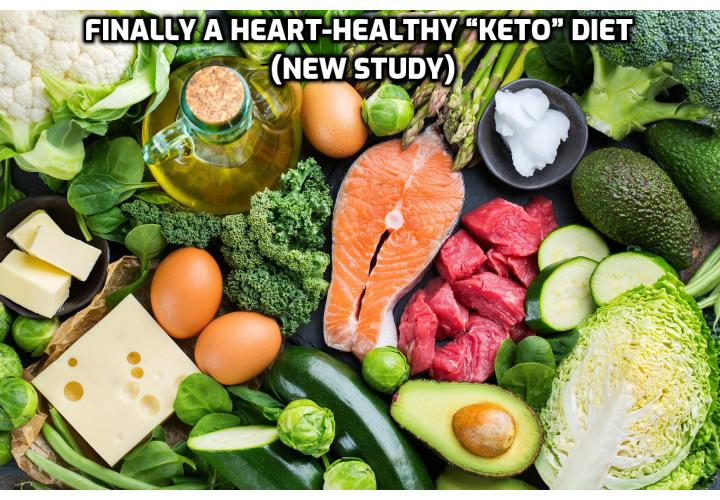What is Vitiligo? Why am I suffering from Vitiligo?
Vitiligo is a long-term skin-pigment disorder in which the immune system destroys melanocytes—the cells that produce pigment on the skin—causing white patches to develop on the skin due to a loss of pigment. It is a complex skin condition that involves both faulty genes and environmental factors.
Vitiligo is caused by the lack of a pigment called melanin in the skin. Melanin is produced by skin cells called melanocytes, and it gives your skin its colour. In vitiligo, there are not enough working melanocytes to produce enough melanin in your skin. This causes white patches to develop on your skin or hair.
The white patches may begin on your face above your eyes or on your neck, armpits, elbows, genitalia, hands or knees. They’re often symmetrical and can spread over your entire body.
The skin condition affects only one in every hundred people in the world, and can develop at any age after birth. However, it is more visible in people with darker skin. Although vitiligo can develop in anyone at any age, it most commonly appears in people ages 10 to 30 years.
In 1 out of every 5 to 10 people, some or all of the pigment eventually returns on its own and the white patches disappear. For most people, however, the whitened skin patches last and grow larger if vitiligo is not treated.
Vitiligo is a lifelong condition. Vitiligo doesn’t itch or hurt, and most people with the condition are generally healthy, but they may be upset about the appearance of their skin.
If a person has vitiligo, the risk that a first-degree family member (parent, child, or sibling) is 5%, or 5 times higher than the general population. That seems like a big increase, but even so, that means only about 1 in 20 first-degree relatives of vitiligo patients get vitiligo as well.
About 15 to 25 percent of people with vitiligo are also affected by at least one other autoimmune disorder, particularly autoimmune thyroid disease, rheumatoid arthritis, type 1 diabetes, psoriasis, pernicious anemia, Addison disease, type 2 autoimmune hepatitis or systemic lupus erythematosus.
Researchers have found a clear genetic connection between vitiligo and other autoimmune diseases. 2 Specifically, vitiligo is associated with: Autoimmune thyroid diseases like Hashimoto’s thyroiditis and Graves’ disease.
Both emotional and physical stress can trigger vitiligo. Melanocytes are more likely exposed to harmful chemicals induced amid emotional stress. Low levels of vitamin D have been observed in vitiligo patients and in patients with other autoimmune diseases.
About 10% to 20% of people who have vitiligo fully regain their skin color. People with the best chance of regaining skin color are those who are young, whose vitiligo reaches its peak in less than six months and is located mainly on the facial area.
Treatment for vitiligo works better if it started at an early stage (perhaps before 2 or 3 months after starting). If the white spots are developing slowly then we can treat faster than other vitiligo cases. There are measures you can take to potentially treat it and prevent it from worsening, including eating a healthy diet.
Available Options for Treating Vitiligo
The use of sunscreens as well as makeup or dyes to cover the light areas of skin may improve appearance.Another way you can consider for improving the appearance of the skin that is affected by vitiligo is by way of surgery method such as skin grafting
Anecdotal evidence suggests vitamin C might increase melanin levels. Eating vitamin C–rich foods like citrus, berries, and leafy green vegetables may optimize melanin production. Taking a vitamin C supplement may help as well.
Iron helps to boost the production of melanin in your hair. Foods rich in iron are dark green vegetables like spinach, legumes, broccoli, quinoa, tofu, dark chocolate, fish, bananas, tomatoes, soybeans, lentils, nuts, and seeds like cashew, peanuts, flax seeds, pumpkin seeds, etc.
A gluten-free diet can also help to treat vitiligo. Wheat is one of the grains in many of the processed foods at your grocery store that interferes with a healthy complexion and contributes to psoriasis and eczema outbreaks
Consuming 1,000–4,000 IU (25–100 mcg) of vitamin D3 daily should be ideal for most people to sustain good health. It is generally recommended that people with vitiligo keep their vitamin D levels in the mid-upper range of normal.
Foods that are rich in vitamin D include fatty fish (such as tuna, mackerel, and salmon), orange juice, mushrooms, cheese (Fontina, Muenster, and Monterey cheeses), butter, dry fruits (such as walnuts and peanuts), egg yolk cocoa butter and dark chocolate.
The topical application of vitamin D yields significant results when used in combination with phototherapy and ultraviolet exposure to treat vitiligo in humans. Vitamin D decreases the expression of various cytokines that cause vitiligo.
Turmeric is an effective home remedy for vitiligo. Turmeric along with mustard oil and stimulate the pigmentation of the skin. Apply a mixture of turmeric powder and mustard oil for 20 minutes to the affected area. Do this twice a day for positive results.
Aloe vera gel can be used both internally and externally. Aloe vera is another natural remedy for vitiligo. Aloe vera has been known to soften and heal the skin and make the spots disappear. It is also used in many parts of the world because of the cell remediation as well as the cell regeneration properties.
Coconut oil also helps in the treatment of vitiligo by promoting repigmentation of the skin. It has soothing and healing capabilities. Moreover, coconut oil has antifungal and antibacterial benefits. You can simply apply coconut oil on the white patches 2-3 times a day at least for a few weeks.
Thyme oil, myrrh and neroli extracts have shown to have very strong anti-oxidant properties in cell culture studies. The repigmentation in vitiligo is believed to be linked to a synergistic effect of all the antioxidant action of these herbal bio-actives.
Vitiligo skin can easily lose its moisture; using naturally derived emollients can help it retain its vitality. You should always avoid soaps with a higher acidic nature. Use mild, non-acidic body wash, glycerin based soaps, etc. Also, remember to apply moisturizer right after you take a shower.
Topical corticosteroids are most effective on small, newly depigmented areas. Potent topical corticosteroids can be used on the face, with ultrapotent steroids reserved for the body. Corticosteroids have been shown to be effective in only 57% of adult patients and only 64% of childhood vitiligo patients.
Topical steroids are the best option for people whose vitiligo doesn’t involve the face. They come as a cream or ointment that you can apply to your skin.
They can sometimes stop the spread of the white patches and may restore some of your original skin colour. Cutivate (fluticasone) or Elocon (mometasone) are typical first choices—these creams are used once a day for 4 – 6 months. 55% of folks respond to these topical steroids
Topical calcineurin inhibitors are available as an ointment called tacrolimus or as a cream called pimecrolimus. These medications are applied directly to the affected areas of skin once or twice a day and may begin to take effect within a few months. If effective, they are usually part of a long-term treatment plan.
Pimecrolimus and tacrolimus are a type of medicine called calcineurin inhibitors, which are usually used to treat eczema. Pimecrolimus and tacrolimus are unlicensed for treating vitiligo, but they can be used to help restore skin pigment in adults and children with vitiligo.
Depigmentation is achieved by applying strong topical lotions or ointments, such as monobenzone, mequinol, or hydroquinone. The treatment is permanent, but it can make the skin more fragile.
Light therapy – Phototherapy with narrow band ultraviolet B (UVB) has been shown to stop or slow the progression of active vitiligo. It might be more effective when used with corticosteroids or calcineurin inhibitors
Light boxes are used to treat widespread vitiligo; lasers are used to treat a small area. Works best on the face; least effective on hands and feet.
For more ideas to reverse vitiligo naturally, watch this video – Healing My Vitiligo Naturally
The above are the various ways for treating vitiligo. Click HERE to find how you can reverse vitiligo naturally and holistically
Author Bio:
David Paltrow is a certified nutritionist, health consultant, medical researcher, and author of the Vitiligo Miracle program.
Vitiligo Miracle is a result of 12 years of study, research, trial and errors. It promises to cure your vitiligo permanently within 7 – 10 weeks with no side effects. Unlike Drugs, topical corticosteroid treatment, UV therapy, de-pigmentation, laser treatment and other solutions, Vitiligo Miracle cures the root cause by fixing internal cause of it. It is triggered by various internal factors and you need to fix these issues to get rid of it.
To find out more about this program, visit the website – Reverse Vitiligo Naturally and Holistically







